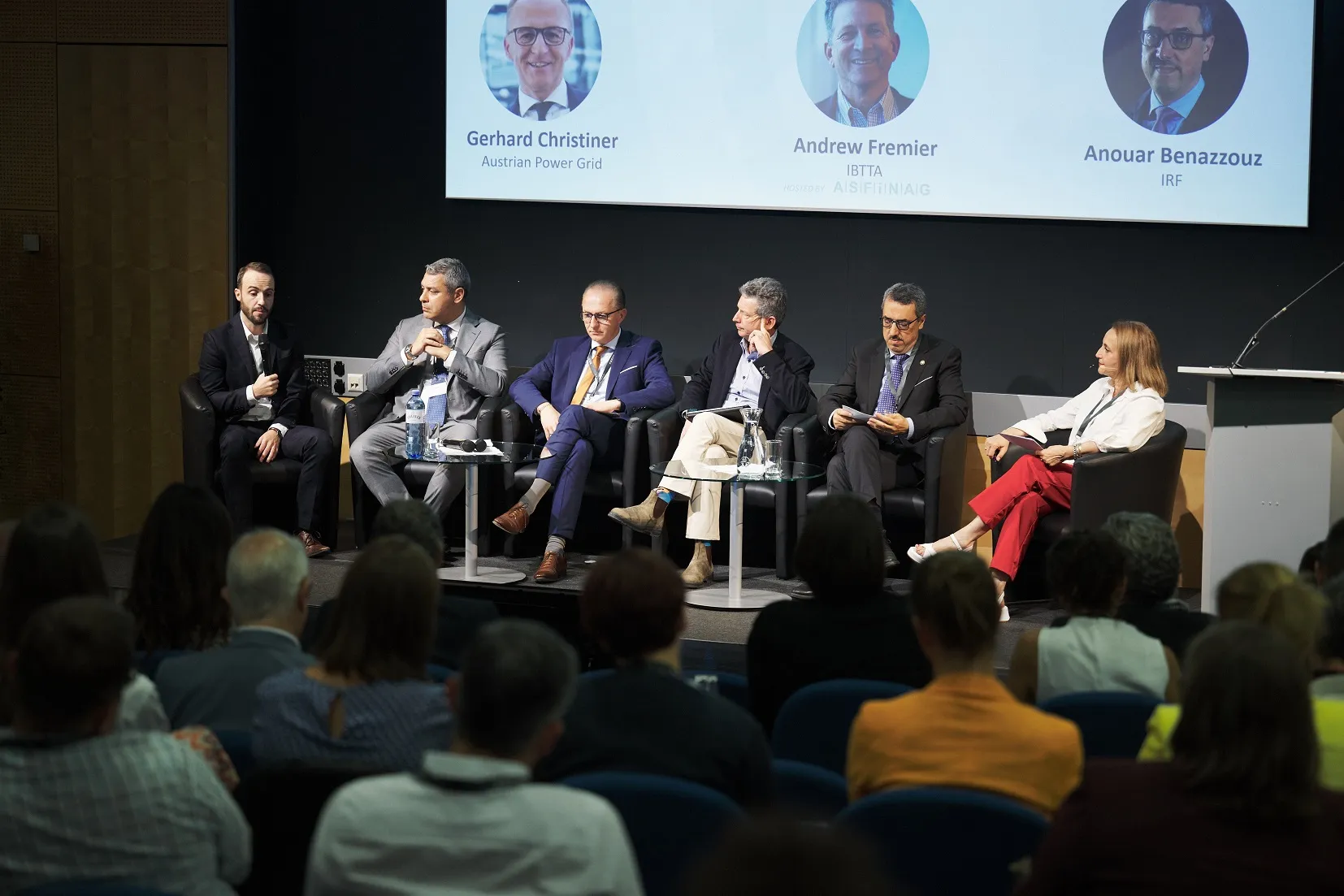UK transport secretary Philip Hammond yesterday cut the ribbon at the Hindhead twin bore tunnel in Surrey, signifying the end of a US$605 million, 1.8 km-long bypass of Hindhead village on the A3 between London and Portsmouth. The new tunnels will be used by 30,000 vehicles/day.
April 20, 2012
Read time: 1 min
UK transport secretary Philip Hammond yesterday cut the ribbon at the Hindhead twin bore tunnel in Surrey, signifying the end of a US$605 million, 1.8 km-long bypass of Hindhead village on the A3 between London and Portsmouth. The new tunnels will be used by 30,000 vehicles/day.
‘This new road will transform journeys on the A3 – improving journey times by around 20 minutes or more at busy periods – and will deliver a threefold return on investment for the economy,” Hammond said. “This cutting-edge road scheme has surpassed expectation in almost every way, and sets a new standard for how vital infrastructure improvements can be delivered,” he added.
Hammond pointed out that the tunnel contains state-of-the-art safety features, including the UK’s first radar-based incident detection system and 100% CCTV coverage.
Another safety feature was the inclusion of Astucia hardwired bi-directional LED road studs to guide motorists safely through the tunnel. A total of 868 of the studs emit a full 180 degrees of illumination when switched from uni-directional to bi-directional delineation should one of the tunnels be switched to contra flow mode.
‘This new road will transform journeys on the A3 – improving journey times by around 20 minutes or more at busy periods – and will deliver a threefold return on investment for the economy,” Hammond said. “This cutting-edge road scheme has surpassed expectation in almost every way, and sets a new standard for how vital infrastructure improvements can be delivered,” he added.
Hammond pointed out that the tunnel contains state-of-the-art safety features, including the UK’s first radar-based incident detection system and 100% CCTV coverage.
Another safety feature was the inclusion of Astucia hardwired bi-directional LED road studs to guide motorists safely through the tunnel. A total of 868 of the studs emit a full 180 degrees of illumination when switched from uni-directional to bi-directional delineation should one of the tunnels be switched to contra flow mode.










